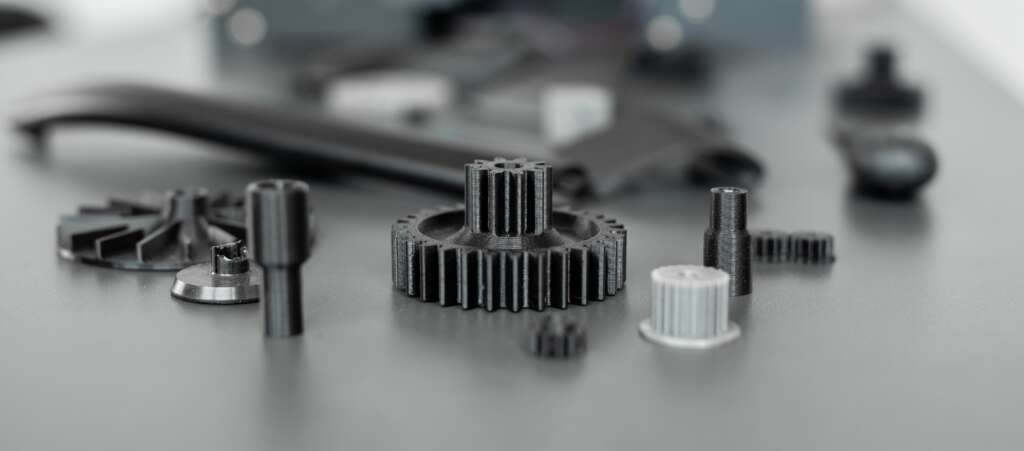
3D printing, also known as additive manufacturing, is a process that creates three-dimensional objects from a digital design. Here’s a concise overview:
Core Concept:
Instead of cutting away material (subtractive manufacturing), 3D printing builds objects layer by layer (additive manufacturing).
A digital 3D model is used as a blueprint.
Process:
The digital model is “sliced” into thin cross-sectional layers.
A 3D printer then deposits material—such as plastic, resin, metal, or even concrete—layer by layer, following the sliced design.
These layers fuse together to form the final 3D object.
Key Aspects:
Versatility: Can create complex geometries and custom designs.
Materials: A wide range of materials can be used, depending on the printer and application.
Applications: Prototyping, manufacturing, medical devices, architecture, and consumer products.
Types of 3D Printing:
Common technologies include Fused Deposition Modelling (FDM), Stereolithography (SLA), and Selective Laser Sintering (SLS), each with its own material and process characteristics.
In essence, 3D printing empowers the creation of physical objects directly from digital designs, offering flexibility and customization across various industries.

